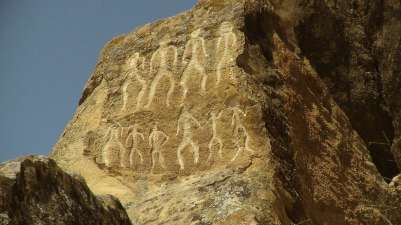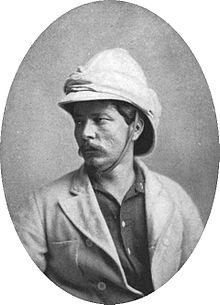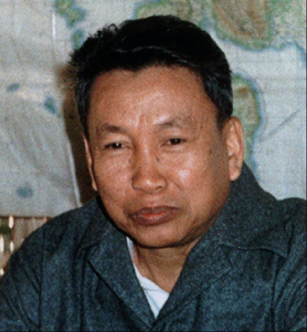3340 BC earliest recorded eclipse
1667 Jonathan Swift born (author of Gulliver’s Travels)
1835 Mark Twain born, author of The Adventures of Tom Sawyer
1872 first international football match (England v Scotland) – so play football
1874 Lucy Maud Montgomery born, author of Anne of Green Gables
1934 The Flying Scotsman reaches 100mph – so play trains
1982 Thriller album debuts – kids love it
Barbados Independence (from UK, 1966)
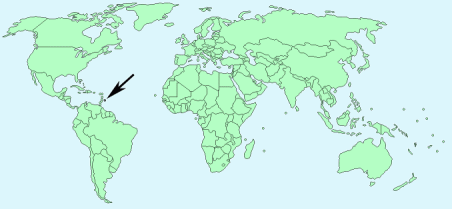
Amerindians came to Barbados from the 4th century. The Kalinago (indigenous Carribeans) came in the 14th century. When the Spanish and the Portguese came over in the 16th/17th centuries, the natives fled. A few Arawaks came over from British Guiana in the 1800s.
The British took over in 1627-8 and the population became mainly white. There wasn’t even many African slaves because a lot of work was ‘indentured labour’, when people paid for their passage to the New World by working for an employer there.
Barbados gained independence in 1966, keeping our Queen as head of state. About a third of the population emigrated to Britain in 1946-80,
Barbados’s national sport is cricket, music is calypso and soja.
Benin National Day – see 10th January
St Andrews Day (Scotland)
The first hunter-gatherers arrived 12,800 years ago, after the Ice Age retreated enough. There is a Neolithic village called Skara Brae on the Orkney Islands. Bronze Age Scots were called Picts/Caledonians.

The Roman Empire took England and Wales as Britannia, but the Caledonians remained their enemies. The Romans built Hadrian’s Wall to keep them out, although sometimes they moved as far in as the Antonine Wall (a less well-known wall in the centre of Scotland).
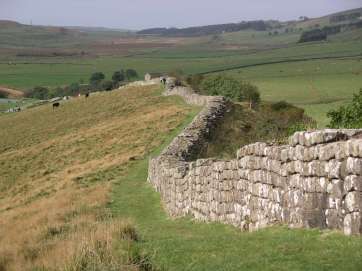
In the 6th century the Kingdom of the Picts became established, later known as Alba. By the 13th century the Picts had taken over most of modern Scotland. Their king David I brought in the Davidian Revolution: feudalism, towns called burghs, and an influx of English and French speaking knights that eventually made English fashionable rather than Gaelic or Norse.
In 1286 Alexander I died with no heir, and the English Edward I had to decide who should be the next king. He made John Balliol king but also made himself Lord Paramount of Scotland. When the Scots refused to help Edward fight France (instead actually negotiating the Auld Alliance with them instead), Edward deposed John and declared himself king of Scotland. This started the Wars of Independence (1296-1328) with William Wallace the most famous leader of the resistance.
Robert the Bruce was crowned king in 1306, and victory at the Battle of Bannockburn (1314) got him control over Scotland again. His brother, Edward Bruce, briefly invaded Ireland and became its king to try and strengthen Scotland’s position against England, but it didn’t take. In 1320 the world’s first documented declaration of independence, the Arbroath Declaration, should have finished it, but we carried on fighting.
in 1502 James IV of Scotland signed the Treaty of Perpetual Peace with Henry VII and married his daughter, so it seemed like we were getting along. But then James agreed to go to war with England with France because of their Auld Alliance. He was the last British monarch to die in battle, at the Battle of Flodden. The Auld Alliance was ended.
Scotland then had a Protestant revolution and booted out Mary, Queen of Scots, formerly queen of France. Her 1-year-old son James became King James VI. Then England’s Elizabeth I, Mary’s cousin, died without heir and James VI also became James I of England and Ireland. His son, James VII, was overthrown and replaced by William and Mary, and was the last Roman Catholic to rule Britain.
In 1707 the Treaty of Union made Scotland part of the United Kingdom. In 1998 it got its own Parliament again.
St Andrew is said to have been martyred on an x-shaped cross, or saltire, hence Scotland’s flag. Scotland’s national animal is the unicorn!
South Yemen Independence Day (from UK, 1967)






